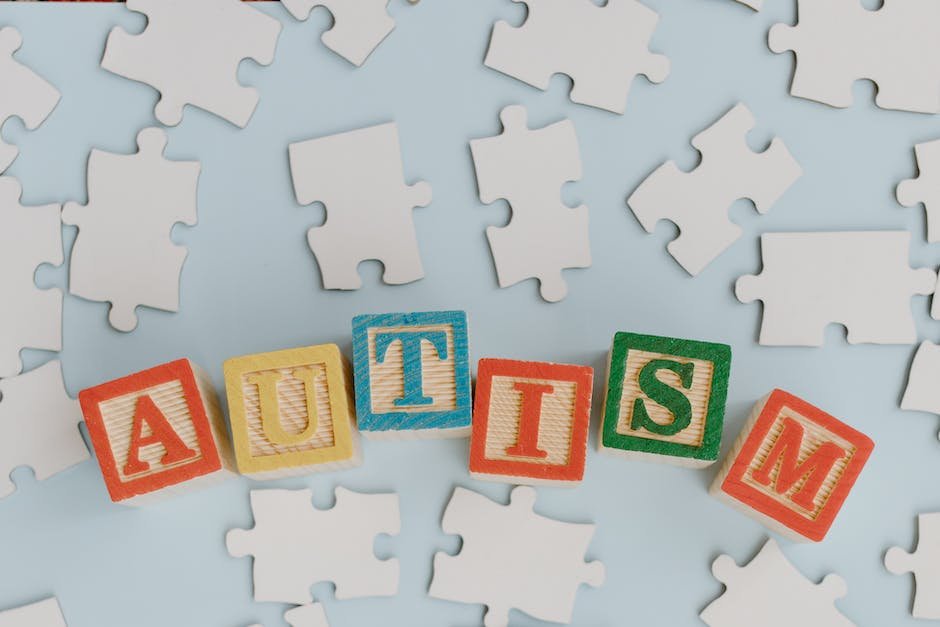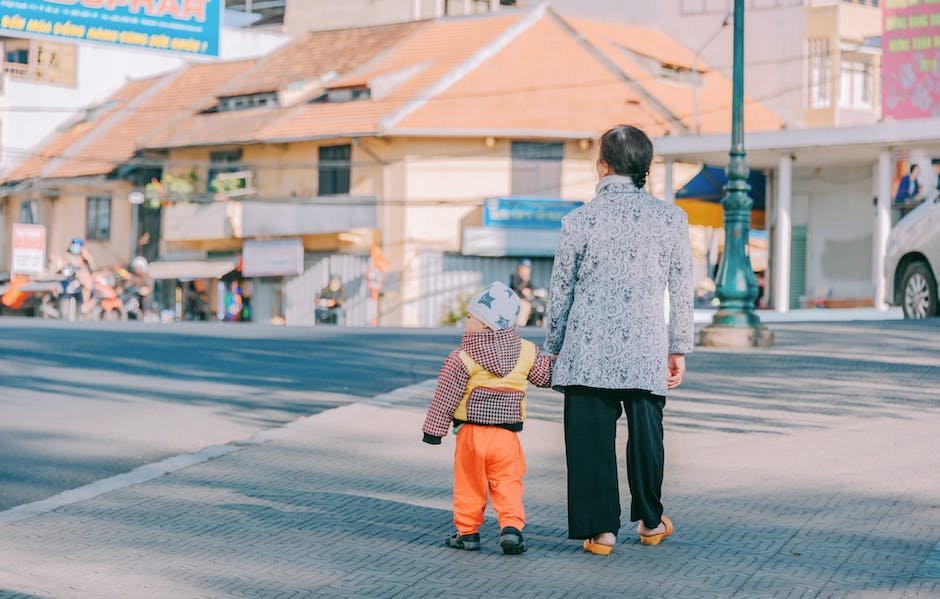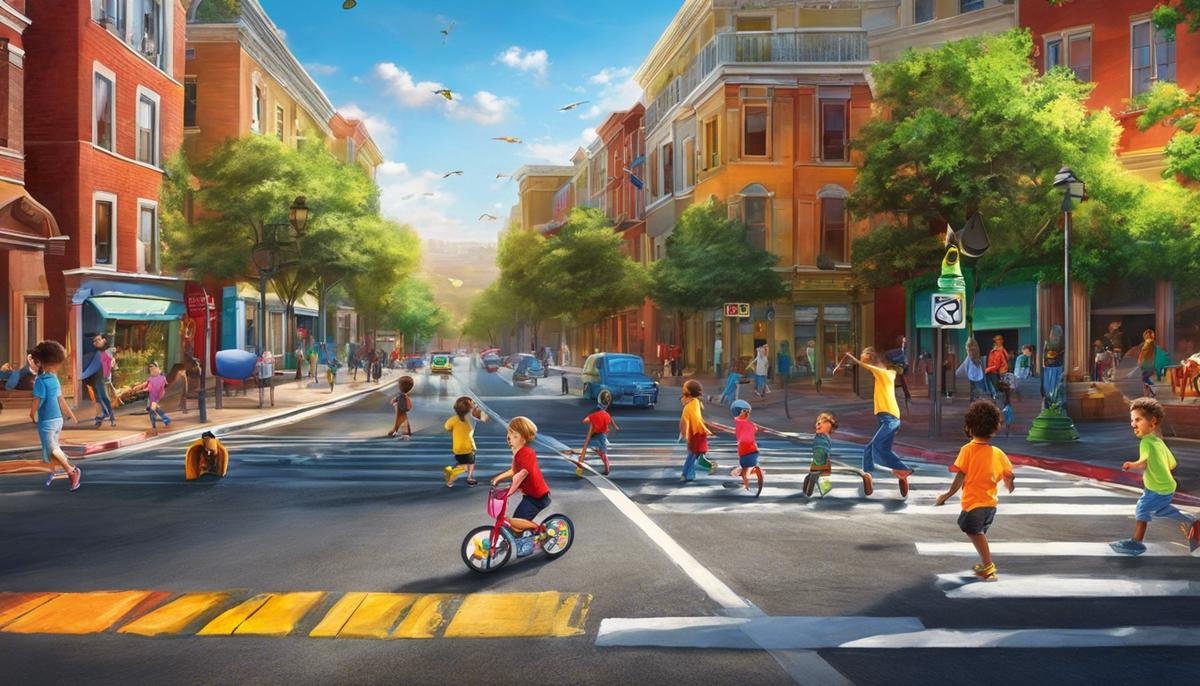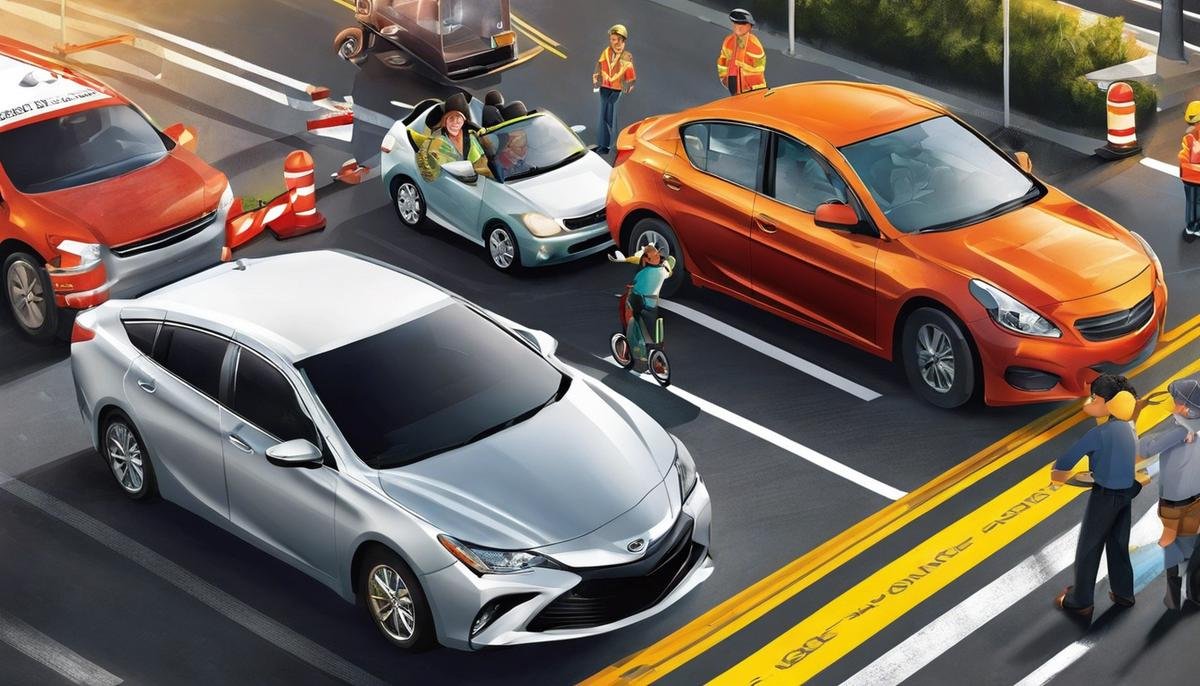
Traffic safety is a critical concern for everyone, yet individuals on the autism spectrum face distinct challenges that can profoundly affect their ability to navigate the complexities of roads and signals. Autism spectrum disorder (ASD) encompasses a wide range of neurodevelopmental conditions that can alter how one perceives and interacts with the world. Sensory sensitivities, difficulties interpreting social cues, and varied communication abilities are among the unique considerations when addressing traffic safety for those with autism. By understanding these challenges and adapting our approach, we can foster an environment that empowers individuals with autism to move through their communities with greater confidence and security.
Understanding Autism and Its Impacts on Traffic Safety
Hey, there fellow parents!
Navigating the journey of parenting comes with a unique set of twists and turns, especially when that path includes supporting a little one on the autism spectrum. Now, while every child’s experience is as unique as their fingerprint, one of the universal concerns that often pops to the forefront is safety – specifically, traffic safety. It’s a topic that hits close to home for many, and it’s a crucial conversation to have.
So, how does autism affect traffic safety for kids? Let’s dive in!
Children with autism may experience the world differently, with many having varying levels of sensitivities to stimuli, communication differences, and a penchant for hyper-focus on interests – all of which can impact how they perceive and interact with their environment. In the context of traffic safety, this means several things.
Firstly, sensory processing can play a big role. Bright lights, loud honks, and even the zoom of cars whizzing by can be overwhelming for a child with autism. It can lead to distress or even distraction, neither of which is a friend to pedestrian safety.
Secondly, communication is key when addressing safety on the streets. Yet, for children with autism, especially those who are non-verbal or have limited verbal skills, the typical cues and instructions used to teach traffic safety might not cut it. This gap can make understanding and following safety protocols, like looking both ways before crossing the street, more challenging.
And don’t forget about the possibility of bolting. Oh yes, wandering or bolting into the street without awareness of the imminent danger is more common than we’d like to admit. This can be a heart-stopping worry for any parent, but when you’ve got a little one who may not grasp the peril of oncoming traffic, that fear is compounded.
But here’s the beacon of hope – with tailored approaches and strategies, kids with autism can become savvy street navigators. Think visual aids for those who are visual learners, and hands-on practice in controlled environments. Consistent routines can also be a game changer, as can sensory-friendly walking gear to lessen the overload of a noisy, busy street.
Harnessing technology can be a lifesaver too. GPS trackers can alert parents if their child has wandered into a potentially dangerous area and provide peace of mind when they’re playing outside.
So, what’s the take-home message here? It’s all about adaptation and understanding. Parenting a child with autism can sometimes mean rethinking and reshaping approaches to suit their individual needs – and traffic safety is no exception. Keeping these kiddos safe as they navigate the sidewalks and crosswalks of life is a priority, and with a little creativity, patience, and a whole lot of love, it’s a goal well within reach.
Here’s to equipping our children with the tools they need to thrive, and to fostering a world that’s considerate of all its pedestrians, big and small. Safe travels, families!

Safety Strategies for Children with Autism
While raising a child with autism, every day is a learning opportunity to fine-tune the environment for their safety and wellbeing. When considering the sanctity of our children’s security, it’s paramount to consider how the physical environment can be structured to minimize risks and promote safety. This is especially the case in our homes, where a few thoughtful modifications can make all the difference.
Firstly, let’s talk about water safety. For many children with autism, water can hold a particular fascination, but it also presents a serious danger. Preventing unsupervised access to pools, bathtubs, and even toilets can be a lifesaver. Pool fences with child-proof locks, toilet lid locks, and door alarms can act as essential barriers. Also, consider enrolling children in swimming lessons tailored for those with special needs — it’s an empowering skill that not only boosts confidence but is a critical safety shield.
Transitioning to the indoors, securing furniture and electronics is key. Large pieces should be anchored to the walls to prevent tipping, which poses a hazard if children attempt to climb or pull on them. Ensure that all sharp corners are padded, as these can cause severe injuries during an unexpected fall or bump.
Regularly inspecting the home for potential hazards like exposed electrical outlets, cords, or small objects is crucial. Children with autism may have different sensory perceptions and may not recognize these as dangers, emphasizing the importance of a meticulous home safety audit.
In addition to physical modifications, establishing clear and consistent rules can also play a significant role in a child’s understanding of safety protocols. Having a visual chart with simple, illustrated do’s and don’ts can serve as an effective reminder for children who respond well to visual cues.
Emergency planning is another critical aspect. Ensure there is a communication plan that everyone in the household understands. Simple visual aids that illustrate what to do in case of an emergency, such as a fire or natural disaster, can be practiced regularly to ensure they become familiar routines. Keeping emergency information, including the child’s identifiers and medical information, in an accessible and well-known location is also imperative.
For the tech-savvy families, there are apps designed to help children with autism learn about safety in an interactive way. These gamified lessons can turn the learning process into a fun and engaging activity, promoting repetition and retention.
Community networking can’t be overlooked. Neighbors, local law enforcement, and first responders can be invaluable allies in ensuring your child’s safety. Informing them about your child’s needs and specific behaviors relevant in emergencies fosters an understanding community ready to act appropriately when needed.
The heart of safety strategies for children with autism lies in anticipating possible scenarios and preemptively crafting an environment that’s as safe as possible. Through creativity, diligence, and a boundless care that emanates from the unwavering determination of a parent, families can create a sanctuary where children with autism can not only feel safe but are also empowered to explore their world with confidence. Let’s keep nurturing, adapting, and lending that helping hand—because it truly takes a village to raise a child, and even more so to protect them.

Technological Aids and Tools for Enhancing Traffic Safety
Embracing Tech for Traffic Safety: A Guide for Parents of Kids on the Spectrum
Navigating the intersections of parenting and the digital world can often feel like plotting a safe course through a bustling city street. When that parenting journey includes guiding a child on the autism spectrum, the need for clear signals and helpful tools becomes even more vital, especially in matters of traffic safety.
One of the most promising areas for supporting these awesome kids is technology – a realm that’s always at our fingertips, ready to lend a hand. Let’s explore how technological aids can provide additional support and peace of mind when it comes to keeping children with autism safe around traffic.
Interactive Apps for Learning and Practice
Kid-friendly apps with interactive games can simulate pedestrian scenarios, allowing children to practice road safety in a fun, engaging, and highly visual format. Search for apps designed to teach children the rules of the road, such as identifying traffic signals, understanding pedestrian crossings, and recognizing the cues of when it’s safe to walk.
Auditory Aids for Attention and Prompting
For those kiddos who may respond better to auditory cues, consider devices that provide verbal prompts or alerts. Sound-based cues can act as reminders to look both ways before crossing and can be a handy cue for children who might get distracted easily or have trouble with visual processing.
Customizable Wearables for Communication
Tech wearables have come a long way and can now be programmed to communicate a child’s needs to anyone who might need to assist them. Whether it’s a bracelet or a tag on a shoe, wearable tech can store essential information like a child’s name, diagnosis, and emergency contact numbers. Some can even send alerts or messages to a parent’s phone if a child wanders too far.
Collision Avoidance Technology in Vehicles
Encouragingly, newer vehicles come equipped with collision avoidance systems. Also, there are aftermarket devices parents can install in their cars that detect pedestrians and help prevent accidents. While not a substitute for vigilant parenting, these technologies offer an extra layer of safety in scenarios where children might unexpectedly dart into the road.
Interactive Road Safety Maps
Let’s not forget the power of interactive maps and GPS technology. There are apps out there that map out traffic patterns and can be used to teach older children how to understand and navigate their neighborhoods safely. These maps can be a great way to virtually explore and learn about an area’s traffic flow without the risk.
In the beautifully messy realm of parenting, especially for those of us molding minds that see the world from a unique perspective, it’s a comfort to know that technology can serve as an ally in our quest for safety. It’s up to us to stay informed, to integrate these tools into our family’s life skill repertoire, and to continue collaborating with tech developers and community members to foster environments where every child, spectrum or not, can explore confidently and safely.
To wrap this up, while there’s no single gadget that holds all the answers, a combination of these technological aids can form a safety net, making the world a less daunting place for children with autism. And that, my fellow navigators of parenthood, is an exploration worth embarking on.

Collaboration with Community for a Safer Environment
Building Blocks for Neighborhood Traffic Safety: A Unified Approach
As caring parents and loving members of our neighborhoods, it’s essential to foster an environment of safety that blankets all children, including those with autism who may face unique challenges. Beyond individual strategies tailored to children’s needs, a larger net of communal effort is vital in ensuring every child feels secure and is protected from the perils of traffic-related mishaps.
To begin with, the incorporation of creative street signage can make a world of difference. Artistic and colorful signs with clear imagery can catch the eye of children and adults alike, serving as both a reminder and an educational tool about the importance of road safety. These signs not only signal drivers to slow down and stay vigilant near playgrounds and schools but also engage children in identifying safe crossing areas.
Moreover, advocacy for traffic calming measures plays a substantial role. Encouraging local administrators to install speed bumps, pedestrian islands, and better crosswalks can significantly reduce the chances of accidents. Well-designed streets that prioritize pedestrians over vehicles encourage safer driving behaviors and create a buffer of safety for all pedestrians, especially young ones.
Engagement in community education is another foundational stone for fostering traffic safety. Hosting fun and informative community events can bring families together to learn about road safety. Interactive workshops mingled with entertainment make the learning process enjoyable and memorable for kids. Games that simulate traffic scenarios, or workshops by local police officers, add to the hands-on experience that can be invaluable for children.
Creating a network of ‘Safety Ambassadors’ within the neighborhood can also fortify the safety net. These volunteers, attuned to the diverse needs of children with autism, can be the eyes and ears on the ground, ensuring our little ones are safe. They can be easily identified by colorful vests or badges and can act swiftly in case of any unusual activity.
Additionally, the development of ‘Safe Zones’ in neighborhood parks, where traffic is minimal or nonexistent, can provide a sanctuary for children. These zones can offer tranquility and a stress-free play environment where parents feel more at ease knowing their children have a secure place to enjoy.
Last but definitely not least, it’s all about active collaboration. Reach out to local schools and parent-teacher associations to entrench safety procedures and community-wide safety practices. Working with these organizations can lead to safety drills and the regular dissemination of safety materials which further reinforce the importance of caution and care on the streets.
Remember that community is about all of us coming together for the well-being of our children. It’s not just about watching out for your own, but having that collective vigilance that ensures a child is never alone or unprotected. Our unity in action not only promotes traffic safety but also conveys a message of shared responsibility and compassion that our little ones will carry forward into the future.

Preparing for Emergencies and Unexpected Situations
Practical Tips for Emergency Preparedness: Traffic Safety for All Families
When it comes to traffic safety, no family can afford to be unprepared. Emergencies can strike at any time, and as loving custodians of our little ones, it’s our job to be ready for anything the road throws our way. Let’s break down some actionable steps to ensure that when it comes to traffic safety, we’re as prepared as a Scout.
First up, let’s drill down on car seat and booster seat safety. Ensure that the car seat is appropriate for your child’s weight and height and that it’s properly installed. If in doubt, many local fire stations offer free checks by certified car seat technicians. Make a habit of educating caregivers and older siblings about the correct use of these lifesaving devices too.
In the event that you’re involved in a car accident, it’s crucial to mind the environment your child is exposed to. Keep a safety kit in your trunk with items such as a first aid kit, emergency blanket, bottled water, a flashlight with extra batteries, and perhaps a comforting toy for your child. These items can be pivotal during an unexpected roadside emergency.
Have a family emergency plan that includes what to do if you’re in a car crash. Decide on emergency contacts, and if your children are old enough to understand, teach them how to use a basic cell phone pre-programmed with these numbers. Remember, the calmer you are, the calmer they’ll be.
Discuss with your children what to do if they’re ever involved in a car or bus incident when you’re not there. Your child should know to stay with the group, listen to the adults present, and only to leave the vicinity with trusted individuals such as a known family member or police officer.
Include in your family’s preparation role-play or discussion about different scenarios: What if mommy or daddy is hurt? Who should you ask for help? What are safe steps you can take while waiting for help to arrive? It’s not the happiest topic, but kids appreciate knowing what to do; it gives them a sense of control.
Lastl, let’s not forget the power of staying informed. Apps and emergency alert systems can provide real-time traffic updates and warnings. Keep your devices charged and consider investing in a power bank. Parents should subscribe to local emergency alerts to stay ahead of any hazards or changing conditions.
With cars whizzing by and the unpredictability of the road, thorough preparation is the best armor families have to safeguard against the unforeseen. Remember, even the most prepared parents can’t foresee everything, but with a dash of preparation, a sprinkle of knowledge, and a good helping of open communication, you can rest a bit easier knowing you’ve done your best to protect your family from traffic-related emergencies. Stay safe out there, folks.

As we have explored the intersection of autism and traffic safety, it becomes evident that a combination of personal strategies, technological support, community collaboration, and preparedness is key to creating a safer world for individuals with autism. Embracing these diverse layers of support not only enhances the safety of autistic individuals but also enriches our society with inclusivity and understanding. By remaining vigilant and innovative in our approach to traffic safety, we can ensure that the autonomy and well-being of people on the autism spectrum are upheld, allowing them to thrive within their communities.




